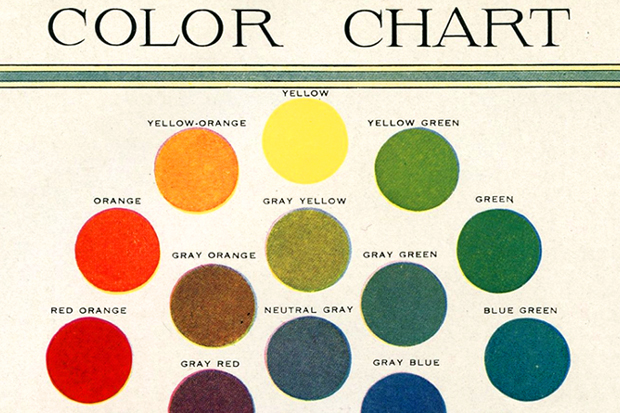
Above: from "Color," The World Book, 1920.
The psychology of colors
Color is a critical choice for all product designers to make, whether the product is a website or flyer, or a bottle of shampoo, a clothing line, or software. Color choice plays a tremendous role in how consumers connect with a product and many studies have been done to address the different human responses to each color.
While culture can alter how one perceives and responds to color, the general truths remain the same in that red excites and blue calms according to endless studies. The shades of each color, however, may be perceived differently across cultures.
Let’s discuss what each color triggers in the brain, particularly with North American consumers:
- Black is the color of power and authority, while also symbolizing evil (think good vs. evil). Black is often used as an accent color and seen as a neutral, despite its power. Black also signifies mysteriousness, seriousness, and often glamour and sophistication.
- White is the color of purity, innocence, and also seen as an accent and a neutral color. Often used to represent goodness, purity, cleanliness and is popular in web design and minimalist design.
- Grey is the only color that has no direct psychological properties, but can indicate a lack of confidence and be depressing. It is often used as a neutral and reactions depend on the shade.
- Red is the most emotionally-intense color – it stimulates faster breathing and heartbeat and is an appetite stimulant. Red can be used to symbolize blood and evil, but also the heart and love. Recent studies show that people wearing red or standing near a red backdrop are viewed as more attractive than any other color, with scientists noting it is the ultimate color of attraction which is likely why most fast food brands use the color frequently – excitement and stimulation.
- Blue is red’s opposite – studies show it calms and the brain releases tranquilizing chemicals upon seeing the color. It is a popular color, but in certain shades can be cold, sterile and depressing. With the right shade, people in blue rooms are more productive and focus and studies allege that weightlifters can lift heavier weights in blue gyms. Because blue is rarely a natural food color, so the use of blue relating to food is rarely used because it is an unappetizing color – we are conditioned to see blue in food as toxic or mold.
- Green symbolizes nature is the easiest color on the eye – it is reported to improve vision. It is a calming, refreshing color. People waiting to appear on TV sit in “green rooms” to relax. Hospitals often use green because it relaxes patients. Dark green is masculine, conservative, and implies wealth; it is also a color of luck (as in a four-leaf clover).
- Yellow is a happy, cheerful color that draws attention, especially when paired with a strong contrasting color. While it is considered an optimistic color, people lose their tempers more often, and babies will cry more, in yellow rooms. It is the most difficult color for the eye to take in, so it can be overpowering if overused. Try looking at a yellow wall of a website for a long period and you will most probably get a splitting headache. It is believed, however, that yellow enhances concentration and that it speeds metabolism.
- Purple is the color of royalty and connotes luxury, wealth, and sophistication. It is also feminine and romantic. However, because it is rare in nature, purple can appear artificial. Web designers often avoid most shades of purple as it causes the eye to see the color as “vibrating,” especially when used with the wrong contrasting color.
- Brown is solid, reliable and is the color of earth. It is abundant in nature but varying shades have very different emotional responses. Light brown implies genuineness while dark brown is similar to wood or leather. Brown can also be sad and wistful. Brown is often considered a “male” color.
Below is a fascinating graphic with more information on the psychology of color (did you know wedding dresses were once green? We didn’t either!):
Marti Trewe reports on business and technology news, chasing his passion for helping entrepreneurs and small businesses to stay well informed in the fast paced 140-character world. Marti rarely sleeps and thrives on reader news tips, especially about startups and big moves in leadership.







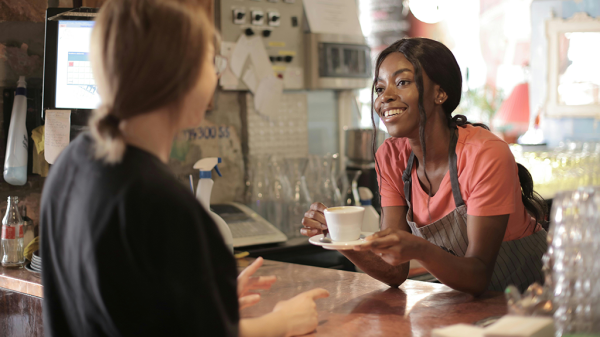

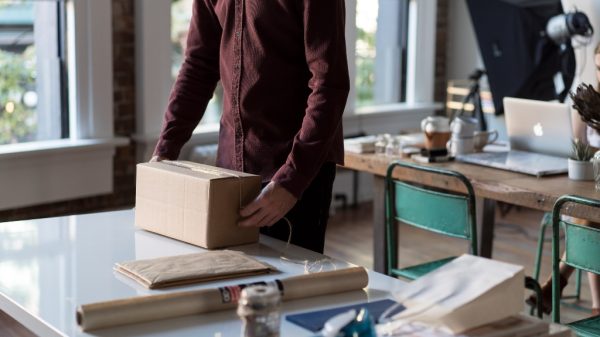




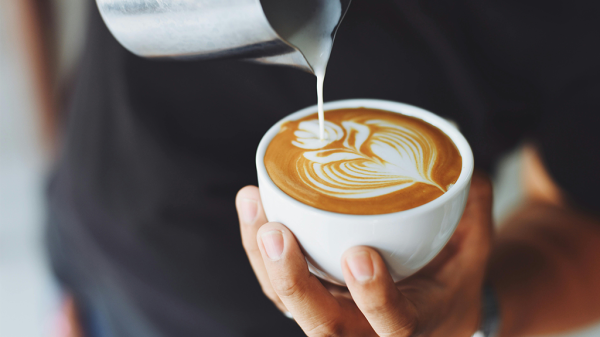
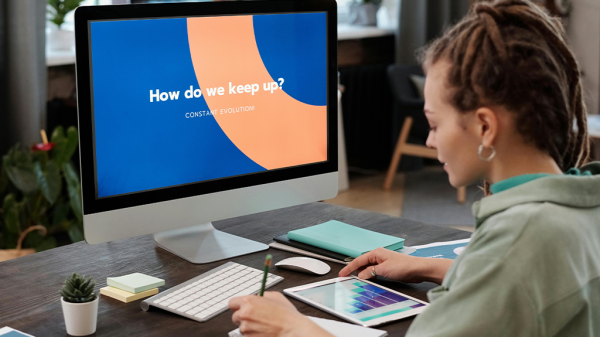
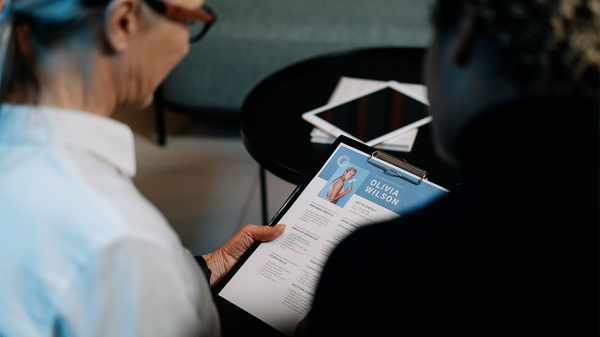

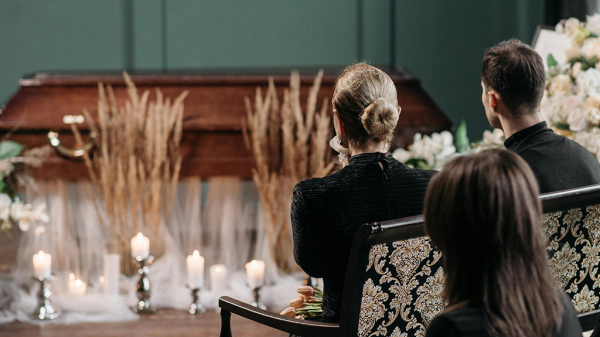
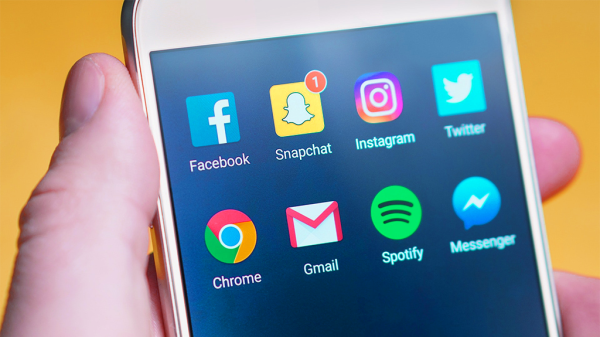
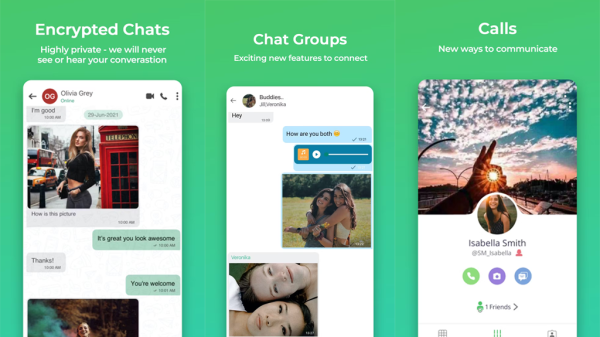
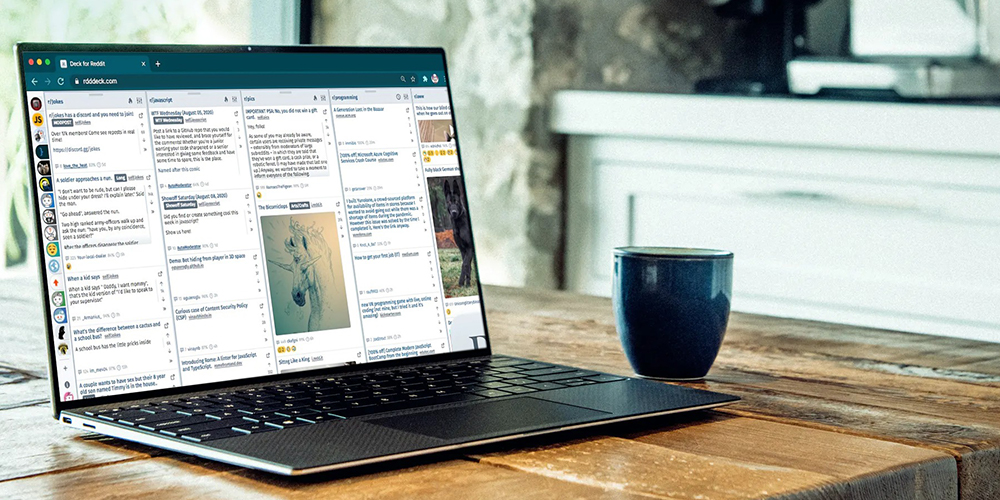


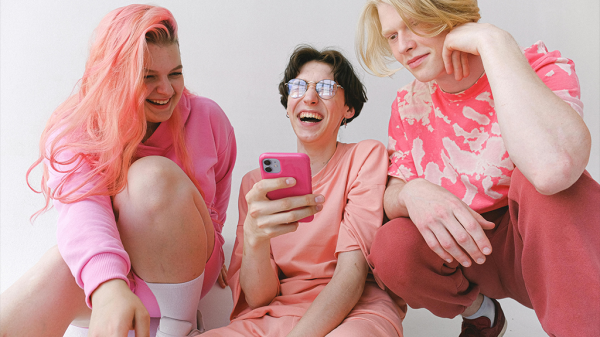
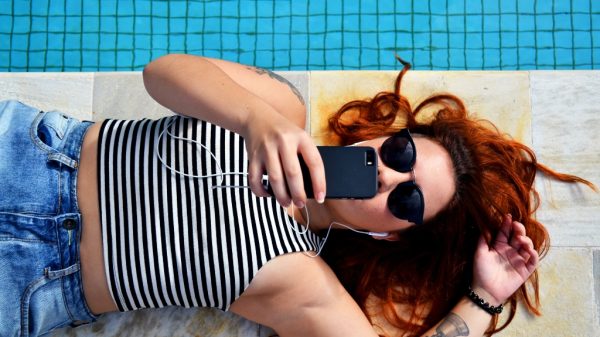
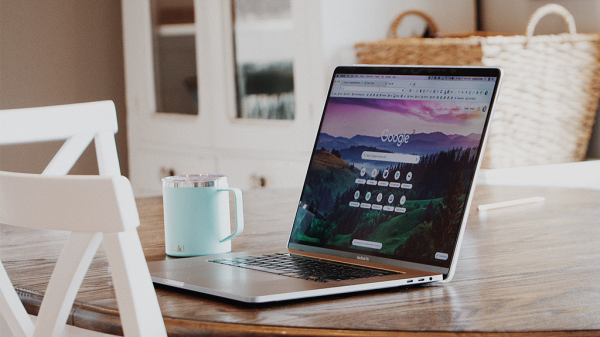
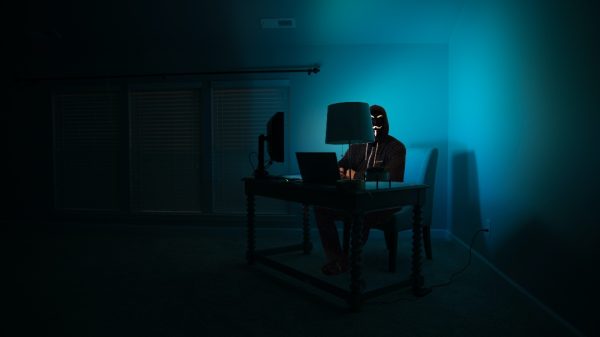
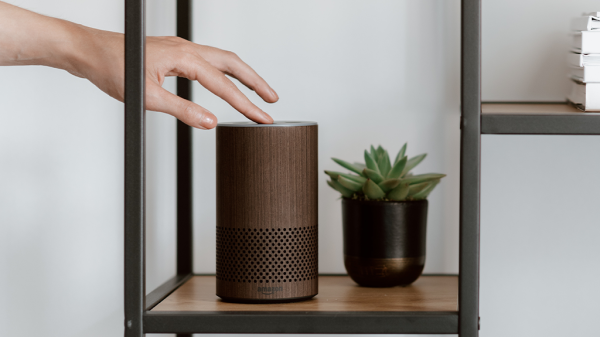

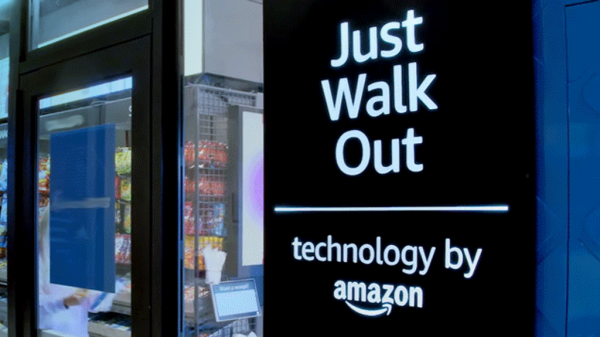
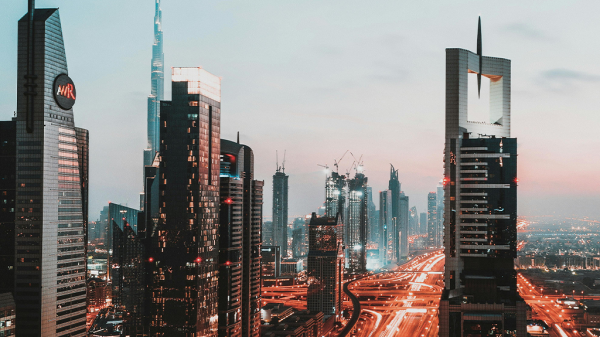







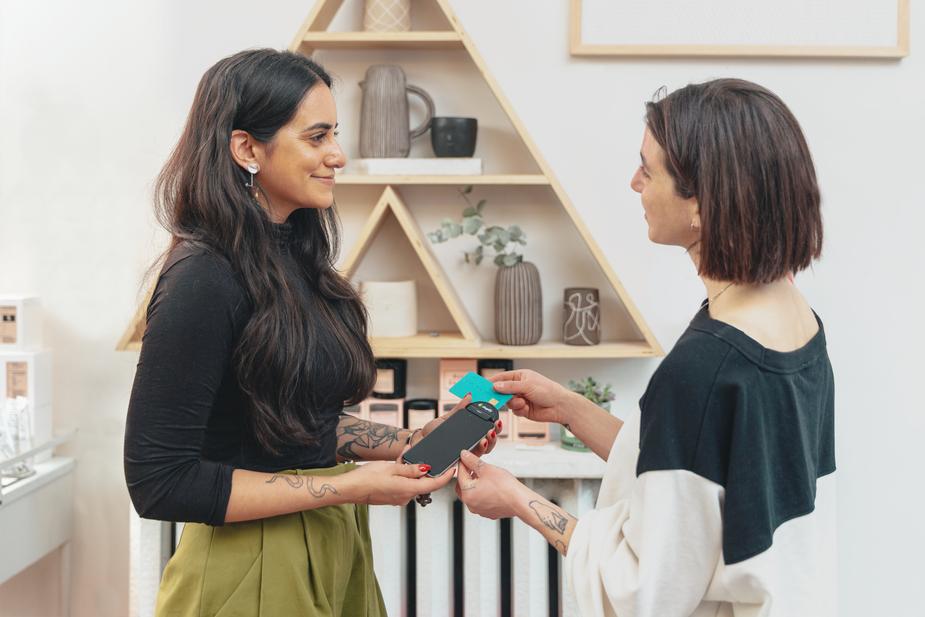
eramus
February 5, 2012 at 2:53 pm
I just rebranded my logo/colors with a rich deep purple and dark yellow. I am getting lots of positive feedback.
Valerie
February 12, 2012 at 5:34 pm
This is a good source of information. Colors can be quite influential for a brand and knowing the dynamics of each color should come in handy specifically when trying to project a certain image out in the market.
Pingback: Pantone Color of the Year is 'Classic Blue,' hoping for calm this year